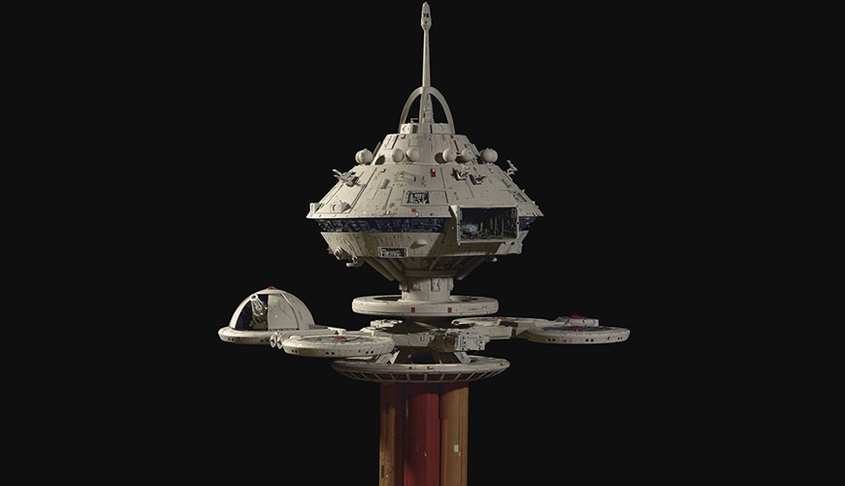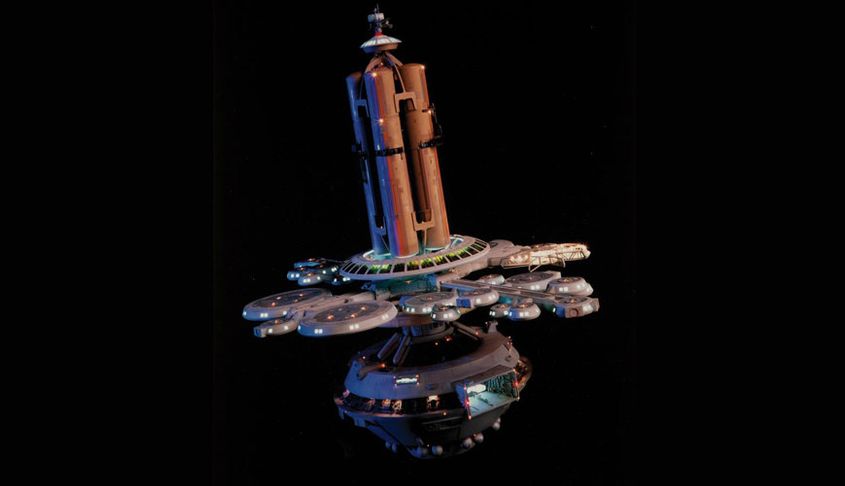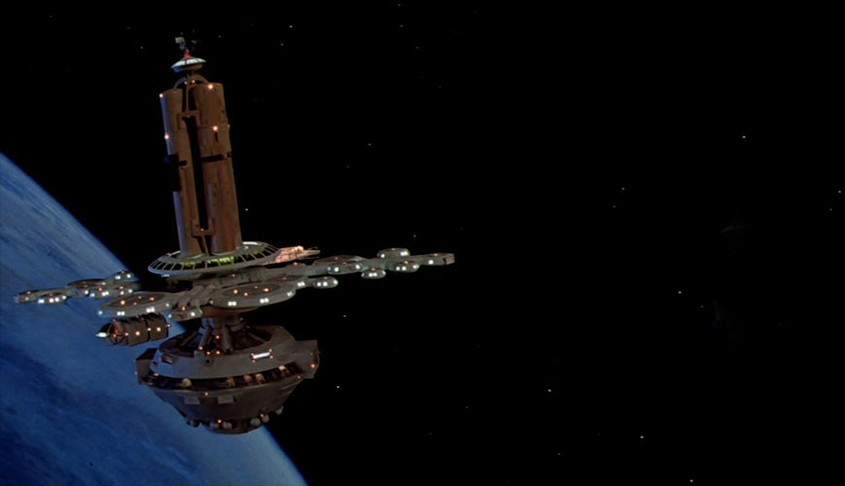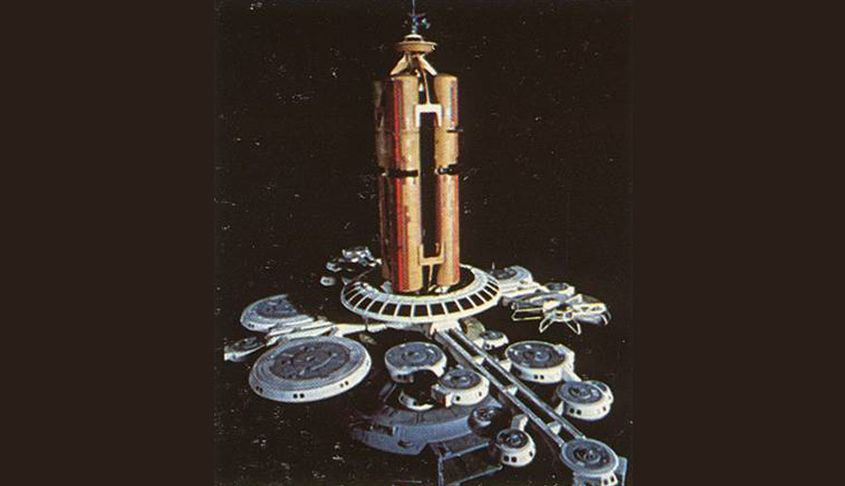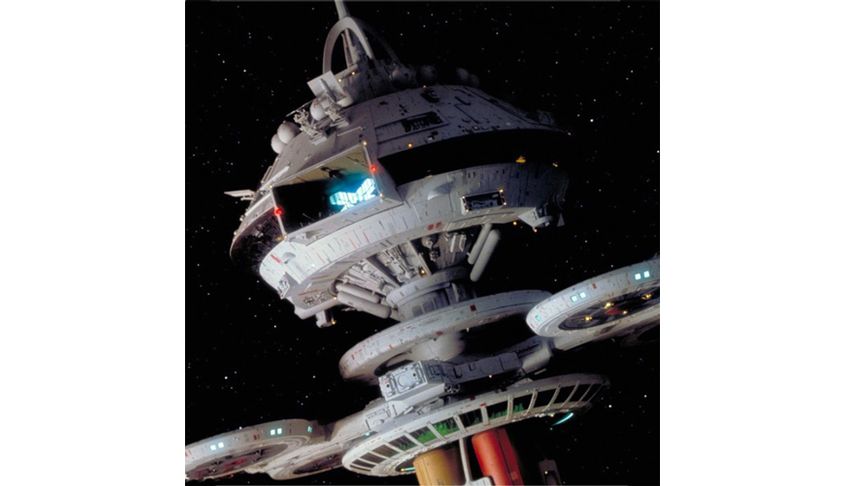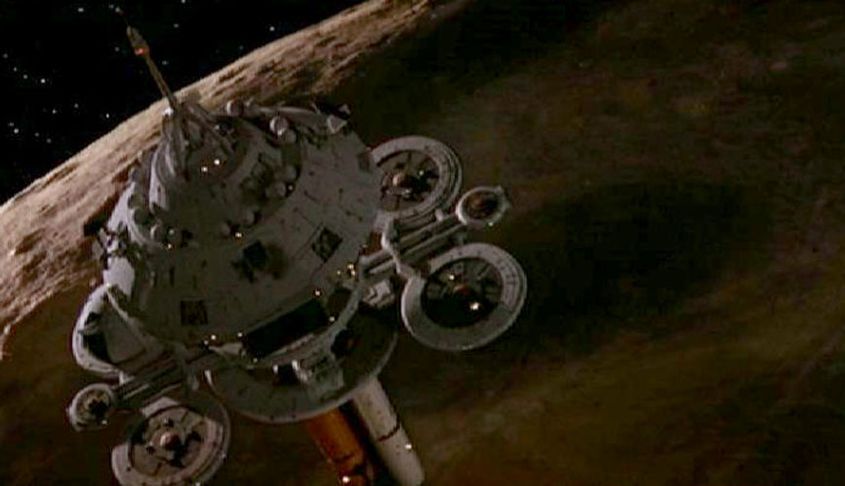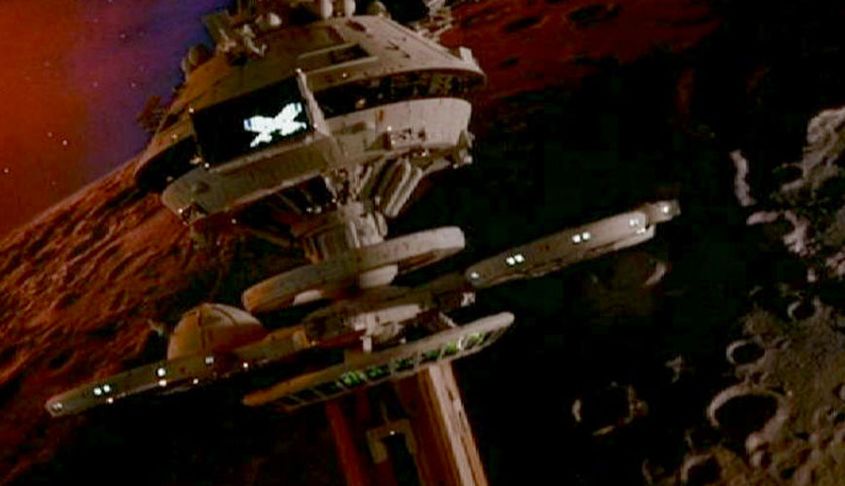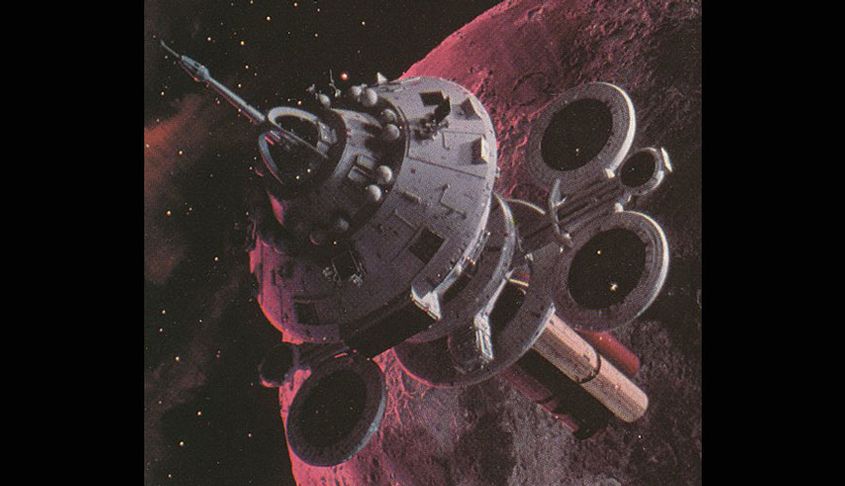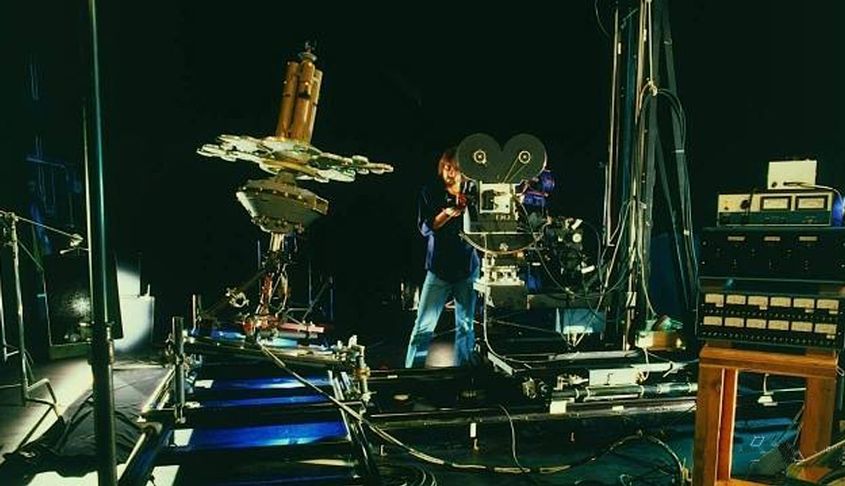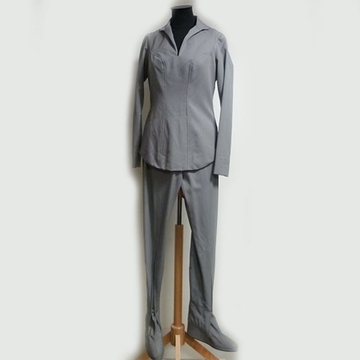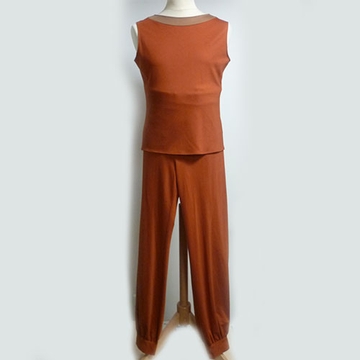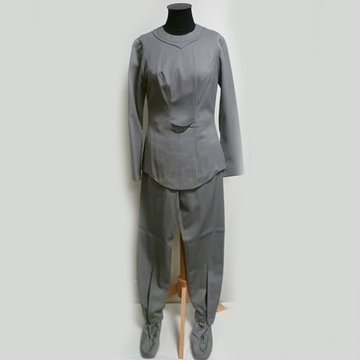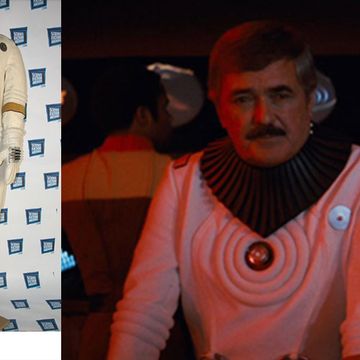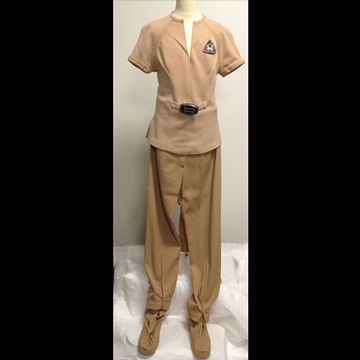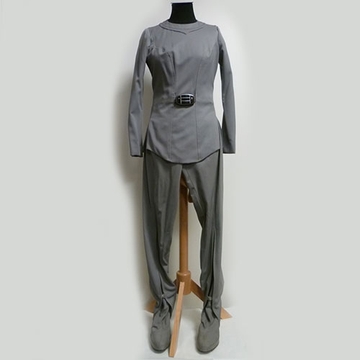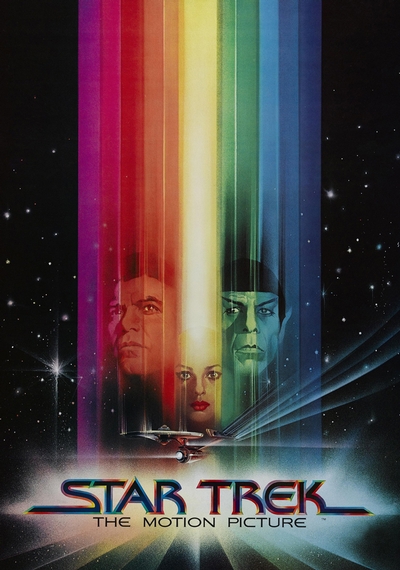Regula One space station original model
A mushroom-shaped space station model with secondary disk-shaped modules made of acrylic plastic, cast resin, with styrene details, "Botanical section" ring has separated from main model and lower tanks (Size on a floor stand) 36x23x59in. Originally seen as the space office complex in Star Trek: The Motion Picture, later modified to serve as the Regula One Space Laboratory in Star Trek II: The Wrath of Khan, then further refurbished for duty as Starbase 375 in Star Trek: Deep Space Nine.
The script for Star Trek: The Motion Picture referred to this station as the "orbital drydock offices." The space office was the first piece of hardware that designer Andrew Probert was asked to contribute to as an illustrator for Star Trek: The Motion Picture. According to him, he "inherited the basics from the work that had been prepared for the Star Trek: Phase II television series, the pilot episode of which was rewritten to become the first feature film." Probert recalled that Richard Taylor, the movie’s original art director, “asked for something that was multileveled and complex” and that he “was shooting for something logical that would work within the established boundaries of Starfleet technology.” Probert adds that the station was intended to have the capacity of “assembling spaceships from prefabricated elements ‘beamed’ to its location.” It therefore made sense to him that the facility could fabricate additional parts needed to repair or refurbish ships although it would seem that this requirement was either dropped or disregarded for it’s difficult to imagine starships being built at what is rather small a station. “What we ended up with,” said Probert “was, from top to bottom: The dockyard control tower, a hydroponic section, relaxation level, office/domestic level, variable gravity research wheel, factory and power levels. The power level and shaft at the bottom were eventually dropped.” Also for Probert "the long copper cylinders" protruding from the top of the complex "were botanical tanks, so you could grow fruits and vegetables without needing soil, and that in turn would help supply your Oxygen, as well as some of the station's food. That was my thinking, at the time, but I'm sure they're probably too big for that, or whatever."
This model was by Mark Stetson and Rick Thompson from Magicam and filmed for Star Trek: The Motion Picture in the summer of 1978, on one of Douglas Trumbull's stage at Future General Corporation. Following "The Motion Picture", the model of the complex was turned upside down, and modified for the Regula One lab in Star Trek II: The Wrath of Khan, which had to come in on a tighter budget that the first film. The special effects were handle by George Lucas' ILM. Steve Gawley, head of ILM’s model shop at the time the second film was produce, recalled “We were given the task of making it look different. We took it apart and put it upside down and then reattached some of the outer pods in a different way.” Model makers Bob Diepenbrock et Brian Chin were in charge, with Gawley,to come up with this new version. Another modification ILM made was adding an animated sequence of lights to the hangar bay.
It was subsequently reused numerous times for Starbases in the TV series Star Trek: The Next Generation and Star Trek: Deep Spacee Nine.
These are the appearances of the model in chronological order:
- Orbital office complex ("Star Trek: The Motion Picture")
- Regula One ("Star Trek: The Wrath of Khan")
- Research station Tango Sierra (TNG: "The Child")
- Starbase 173 (TNG: "The Measure of a Man")
- Research station Tanuga IV (TNG: "A Matter of Perspective")
- Deep Space 5 (TNG: "Parallels")
- Unnamed starbase (DS9: "Blaze of Glory"
- Starbase 375 (DS9: "A Time to Stand", "Behind the Lines", "Favor the Bold")
- Starbase 257 (DS9: "Valiant")
- Omega Molecule research station (VOY: "The Omega Directive")
Writer: PG
- All
- Screenused







